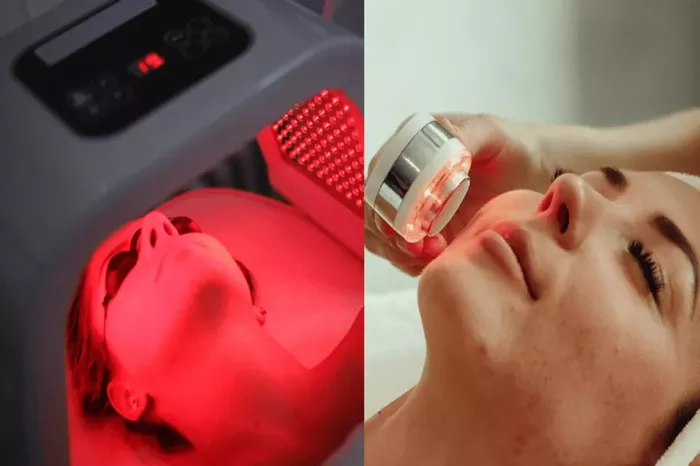Laser technology is increasingly recognized for its effectiveness in treating a range of skin disorders, including acne scars, vascular lesions, and hyperpigmentation. Traditional treatments often involve topical agents like hydroquinone and oral formulations such as tranexamic acid, which can lead to adverse effects and require extended periods to show results. In contrast, non-ablative lasers, specifically those operating at a 675-nm wavelength, offer a promising alternative by targeting specific skin components to promote collagen synthesis without damaging surrounding tissues.
Recent research highlights the efficacy of the 675-nm laser in treating various skin conditions, including facial rejuvenation, acne scars, melasma, and even in individuals with darker skin types. This laser not only enhances skin texture and reduces wrinkles but also supports hair growth by prolonging the anagen phase of hair follicles.
A recent comprehensive review assessed the high-powered 675-nm laser’s performance in managing skin conditions through in vitro and clinical investigations. The study, utilizing the Red Touch PRO laser system, found the technology effective for treating pigmented lesions, wrinkles, and acne scars with minimal adverse effects.
Materials and Methods
The study employed the Red Touch PRO laser system (DEKA M.E.L.A; Italy), which uses a 675-nm wavelength to treat a variety of skin issues. The system generates micro-areas of selective thermal damage while protecting the epidermis with a cooling system. In vitro experiments involved irradiating human dermal fibroblasts (hDFA) with various energy levels, followed by assessments of cellular responses and protein expression. Clinical outcomes were evaluated through photos, global aesthetic improvement scales, and patient satisfaction ratings.
In Vitro Results
The study found that irradiation with a 675-nm laser did not initially induce Ki-67 positivity but showed a significant increase in Ki-67+ cells after 48 hours at 390 J/cm² and 72 hours at both 390 J/cm² and 520 J/cm². Preliminary experiments for androgenetic alopecia indicated that a 675-nm laser at 3.3 J/cm² stimulated cell proliferation.
Clinical Data
For pigmented lesions, treatment parameters of 12–15 W and 1.80 to 6.75 J energy/DOT led to lesion reduction or disappearance with minimal adverse events such as mild redness and crusting. Melasma treatment, using 15 W and 2.25 J energy/DOT, resulted in significant hyperpigmentation reduction with slight erythema and mild-to-moderate crusting. Skin rejuvenation treatments showed improvements in texture, pore size, and wrinkles, with most patients experiencing transient redness and mild crusting.
Prejuvenation and acne scar treatments yielded favorable results, with minimal pain and short-lived crusting. Acne vulgaris and vascular lesions also improved with reduced acne lesions and enhanced skin brightness.
Conclusion
The high-power 675-nm laser demonstrates significant effectiveness across a range of skin conditions, including acne scars, pigmented lesions, melasma, and vascular lesions. Its ability to stimulate fibroblast proliferation and collagen production, coupled with minimal serious adverse events, positions this technology as a promising advancement in aesthetic medicine.
Related topic:
What is the best treatment for acne scars and wrinkles?
Can Laser Resurfacing Remove Wrinkles?


